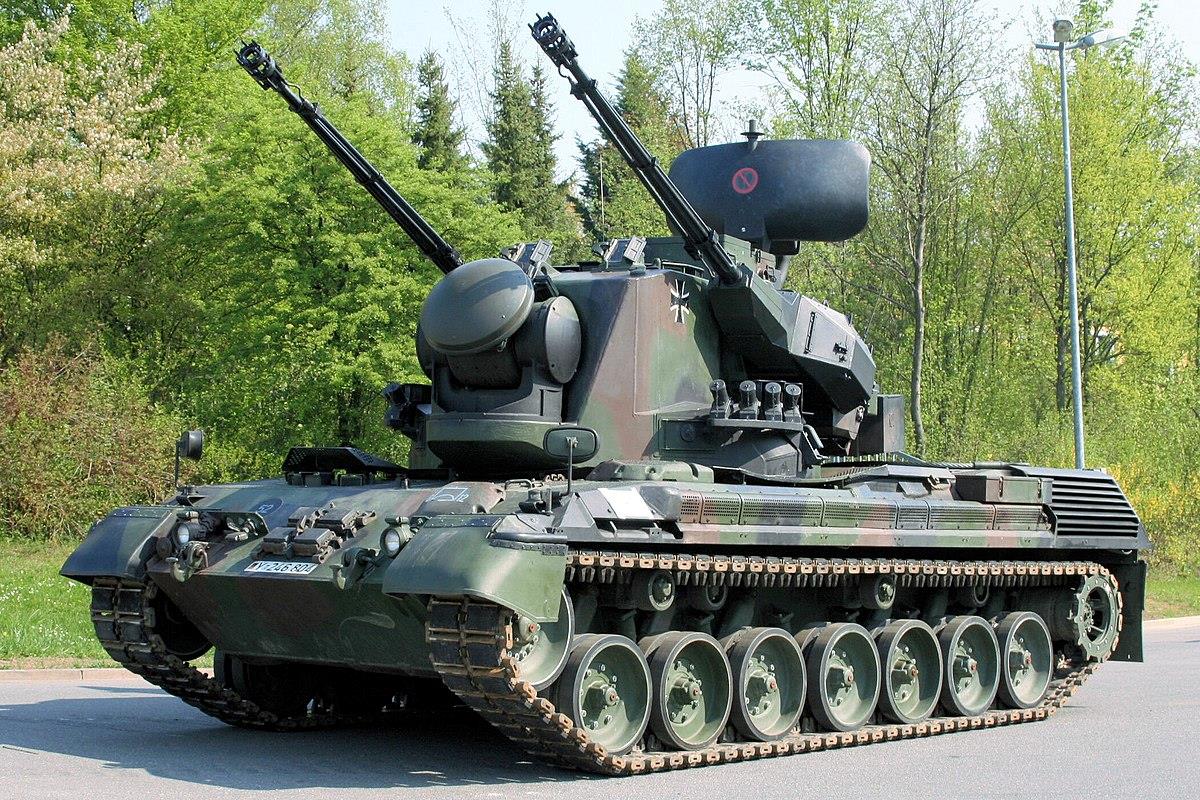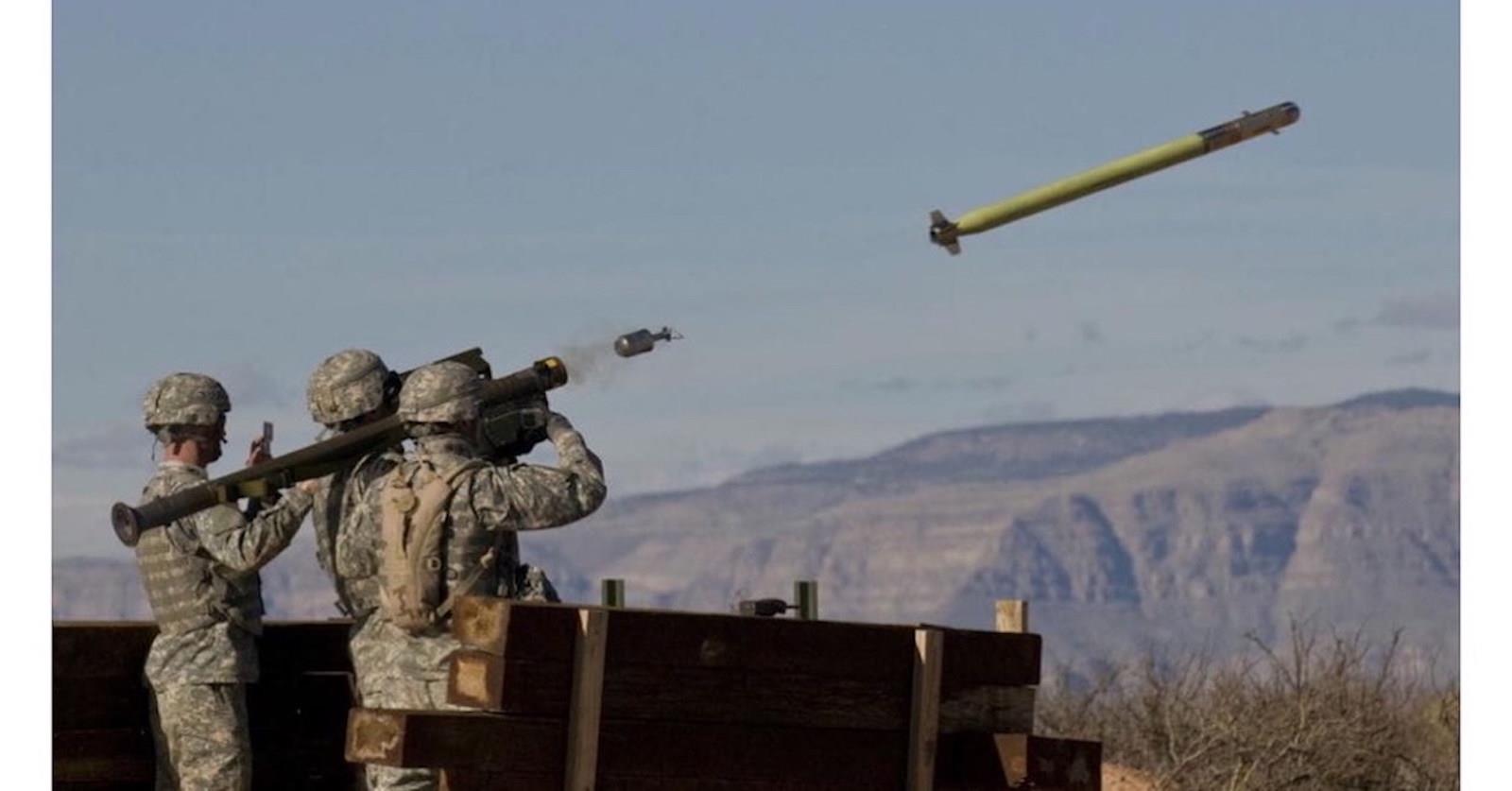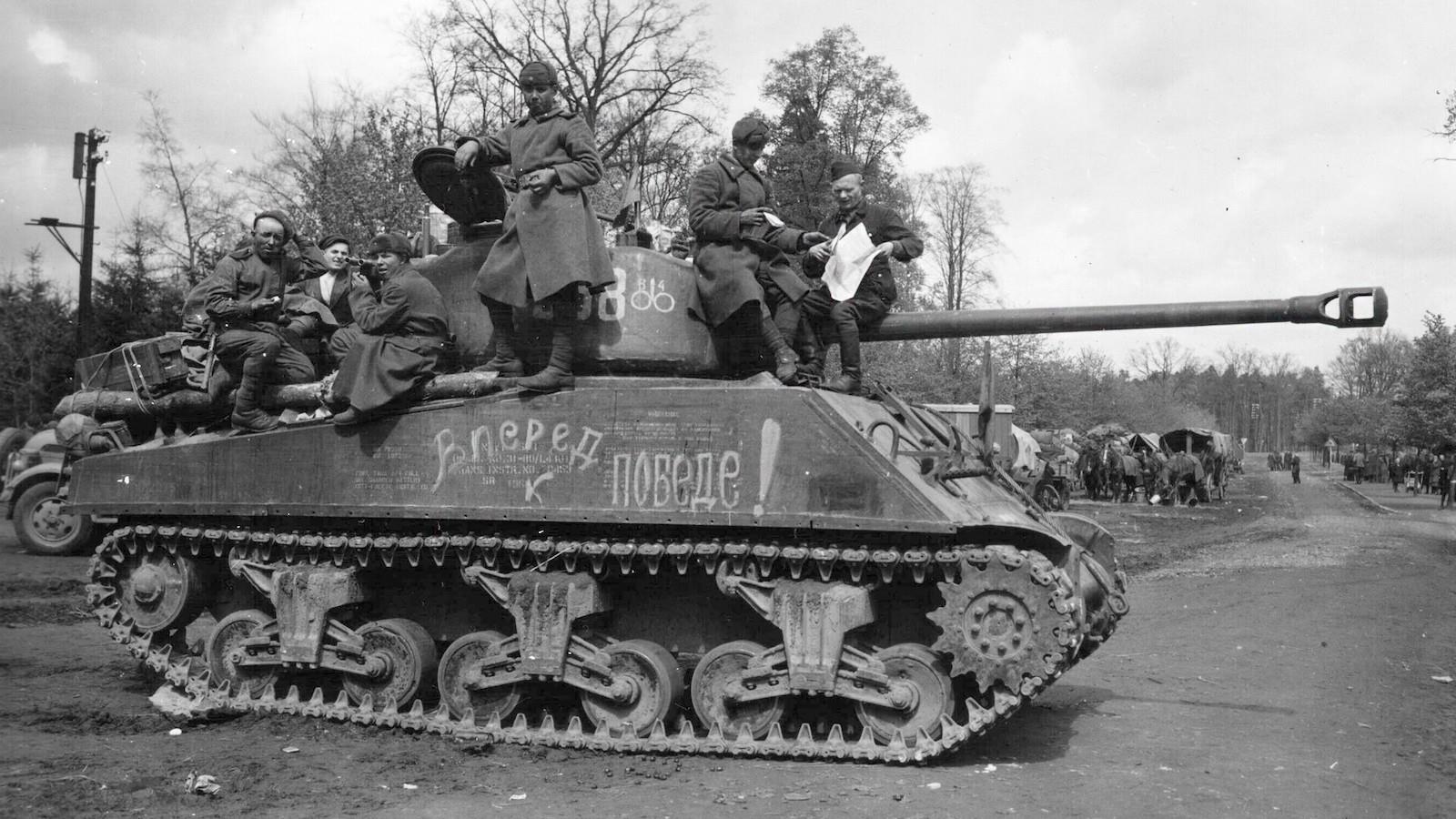(MENAFN- Asia Times) In the now classic 1967 film The Graduate, protagonist Benjamin Braddock, being feted with a graduation party, is pulled aside by a friend of his parents. Mr Maguire says he has only one word for ben :“plastics.” Then, using more words, Maguire tells Ben,“There's a great future in plastics.”
Today it looks more and more like there is a great future in ammunition, which is in short supply in Ukraine and Russia, and in the United States and elsewhere in NATO. Although it's open to debate whether the future in ammunition can indeed be called great (depends on how you define“great”), there is certainly a huge need out there, and there are profits to be made.

“Merchants of Death” (1935) by Mabel Dwright for Works Progress Administration. Image: Public domain
The widespread ammunition shortage has caught nearly all war professionals (planners, operators, analysts) by surprise. The Ukraine war is eating up available ammunition supplies at a huge rate.
Reportedly, the the russians alone are firing off 20,000 artillery rounds a day. And, while we don't have reliable numbers from the ukrainian side , they are using their big guns so heavily that hundreds of them are being sent to poland and elsewhere for urgent repairs .
Most of the NATO players are out of ammunition, or nearly so. The German Defense Ministry has said it could only fight a war for about a week because of supply and manpower shortages, while a German lawmaker in the know says the limit is more like two days .
Germany has offshored important parts of its ammunition production, mostly to Switzerland. The Swiss, because of their neutrality laws, won't ship any ammunition (directly or indirectly) to Ukraine. The Germans have asked at the highest level at least twice, but Swiss lawmakers, including those on the right who support Ukraine, favor protecting Swiss neutrality.
The impact is plain to see. Gepard air defense tanks, also known as Cheetah flak guns, were gifted to Ukraine by the German army. These flak guns are a weapon of last resort against drones and cruise missiles, but they require a lot of specialized ammunition.

A Gepard Cheetah flak gun. Photo: Wikipedia
The problem has not been limited to Germany. The Swiss also blocked 22 Swiss-made Piranha III tanks that the Danes wanted to supply to Ukraine.
The Germans also have trouble in their own production because they depend on specialized cotton linters that they buy exclusively from China for use as a component for propelling charges in artillery shells. It isn't that China does not want to ship to Germany. Rather, Chinese exports have been disrupted by Covid lockdowns and the Germans have to wait for supply to catch up with their need.
But Germany's problems go a good bit deeper. Despite saying it was going to build up its defense capability in light of an aggressive Russia and the travails of the Ukraine war, Germany will not meet its defense-spending or defense-production goals.
In fact, German defense dollars will still fall well below the agreed nato 2% of GDP threshold. Meanwhile the German Ministry of Finance has rejected defense ministry requests to ramp up artillery-shell production.
German soldiers are missing all sorts of supplies including in some cases winter socks, pants and ballistic jackets. And Germany is not fulfilling even its modest manpower goals (for its all-volunteer army) because the pay isn't so good and there are better jobs to be had.
Russian problems Russia also is running out of some ammunition, but that is mostly the more sophisticated stuff including guided rockets and cruise missiles.
Russian factories were, until just recently, not operating on a war footing, and they need to staff up to meet urgent supply requirements. That may sound easy to do, but finding skilled labor in Russia is a challenge. Russian President Vladimir Putin is pushing his defense industry to step up production, but there are a number of barriers.
Like NATO countries such as the United States, Russia depends on civilian high technology industries to supply parts critical for computers, guidance systems, fuses and sensors. Russia's problem is it does not have much of a civilian industrial high-tech base. So russia buys parts from foreign countries .
Sanctions have impacted Russia's ability to get electronics and other parts from outside. Ukrainian experts who have recovered many Russian weapons have been amazed at how many of the critical components come from the United States and Europe.
Finally the Pentagon, after years of paying no attention, has sent a team of weapons experts to ukraine to figure out what is leaking from the West. Meanwhile, the US Department of Justice has brought its first indictments of Russians running a complex sanctions-busting smuggling scheme, although its discovery likely is only the tip of the iceberg.
Russia also is trying to get weapons and ammunition from outside and maybe succeeding. Certainly Iran is supplying drones and some missiles, and it is likely, although not proven, that north korea is also selling to russia .
But neither Iran nor North Korea has the smart weapons the Russian military needs, which means in this category Russia is mostly on its own – unless China, which does have smart weapons, changes its view on Russia and the Ukraine war.
US problems Like Germany and other NATO countries, the US has significant ammunition supply problems that fall into two categories: smart weapons and not-smart weapons (aka standard ammunition).
The shortage of smart weapons has come about because the US has used its critical war stocks to supply Ukraine, something the Pentagon never planned. Thus now famous weapons such as stinger man-portable missiles and javelin anti-tank rockets are now almost out of stock.

The Stinger missile is a lightweight, self-contained air defense system that can be rapidly deployed by ground troops. Photo: US Army
The Pentagon is putting cash into making more – even though it had planned to replace the venerable Stinger, which dates back to 1981, with a new man-portable missile with better threat detection, better range and greater accuracy.
One of the Pentagon's newest systems, a joint project between Raytheon in the United States, and Kongsberg in Norway, also is in trouble. Known as nasams , this mobile anti-aircraft missile system was rushed to Ukraine to help the Ukrainians deal with Russia's cruise-missile and drone attacks on critical infrastructure, especially power plants and electricity transmission systems.
NASAMS takes the beyond-visual-range aim-120 amraam air-to-air missile and repurposes it into a ground-to-air missile by linking it to ground radars. The AIM-120 is the main US air-to-air missile for fighter aircraft, and AIM-120s have been exported to allies and friends around the globe.
However, when you start stripping out air-to-air missile stocks to support NASAMS, you open up a major vulnerability. AIM-120s take some considerable time to replace, and the us has been begging aim-120 customers to supply in-stock AIMs to Ukraine. Many are reluctant to do that for the same reason the US Air Force, Navy and Marine Corps are reluctant to part with their stocks of AIM-120s.
In the“not-too-smart” weapons category, the US is short of conventional ammunition, particularly 155mm artillery shells that are the backbone not only of Ukraine's artillery capability (as older Russian-made Ukrainian artillery tubes wear out) but also the North Atlantic Treaty Organization's.
US President Joe Biden's administration has agreed to step up domestic production and buy shells from abroad. The Pentagon recently cut a deal for 100,000 155mm shells from south korea . The supplies will be shipped to the United States and the US can then supply them to Ukraine.
But the deal is not ironclad and may yet fail, as South Korea struggles with two conflicting objectives: not supplying any weapons to Ukraine versus growing to be the fourth-largest weapons exporter in the world.
Implications for the Ukraine War Pentagon procurement officials think that the Ukraine war is going to drag on, perhaps for three or four years. They believe that the US, given time to ramp up domestic production, can out-supply Russia. While they don't say much more, it is clear that the Pentagon is planning for a long conflict and thinks it can win by being the“arsenal of democracy.”
During World War II the United States ramped up its production capacity to full-war footing, converting domestic production to producing war materiel. Detroit stopped producing automobiles and started producing tanks, guns, trucks and other equipment for the war effort.
The US through its lend-lease program not only supplied the UK but actually was a bigger supplier to the soviet union , keeping Russia in the battle even where the US and UK were trying to minimize casualties and hold off committing to the full-blown invasion of Europe that eventually happened in Normandy starting on June 6, 1944, late in the war.

A Lend-Lease Sherman tank in Soviet service in the 64th Guards Tank Regiment, 8th Guards Mechanized Corps, 1945. Photo: US Army Signal Corps
Today the US is nowhere near becoming an“arsenal of democracy” in the same way it was during World War II. In fact, the US defense industry has barely ramped up.
Like Russia, the US also has a problem with foreign supplies . Today, high-end semiconductors and specialized materials, including rare earths, come mostly from Asia – especially Taiwan and China. Such“supply-chain problems” have impacted defense production as suppliers wait for key parts.
Production problems go beyond high-end parts. Forgings and castings, and special materials such as titanium, are also difficult to get in a timely manner. In some cases – Stinger missiles are a good example – some of the components aren't even made any more, making it necessary to redesign an already obsolete missile.
Should the fighting in Ukraine become more, not less, intense in the weeks and months ahead, Pentagon supply issues may become supercritical. Russia faces similar problems. Where this ends up is open to speculation, but more and more supplies will be needed.
Investors buying defense-company stocks may, no matter the Ukraine war's outcome, get a windfall.
stephen bryen is a senior fellow at the center for security policy and at yorktown institute .